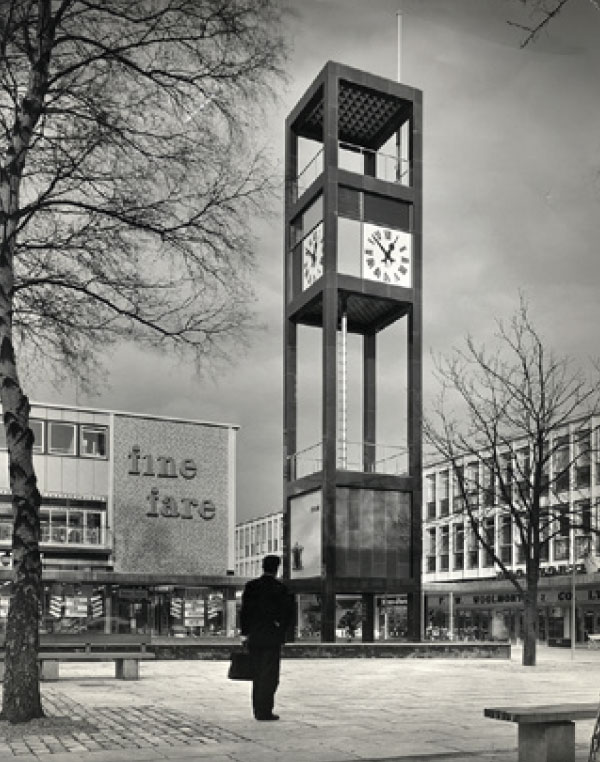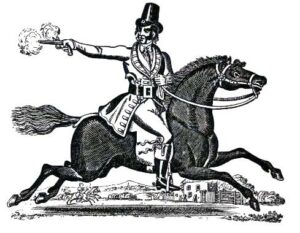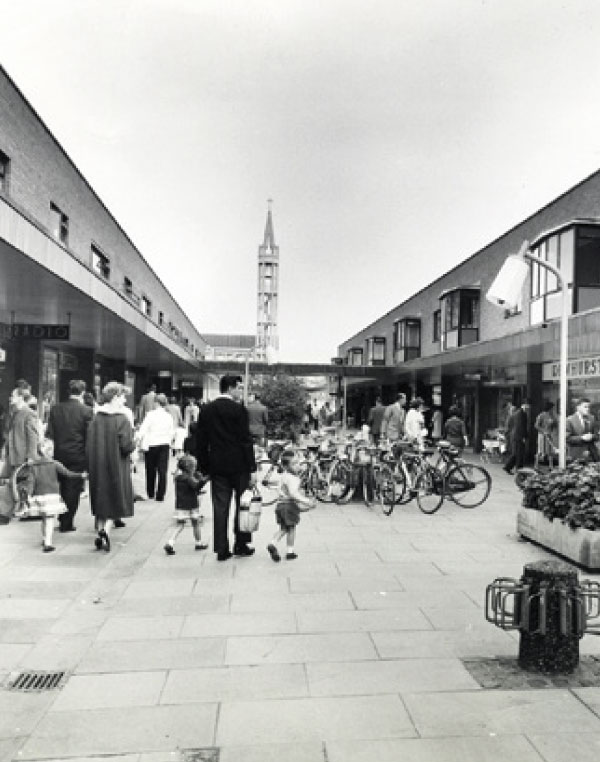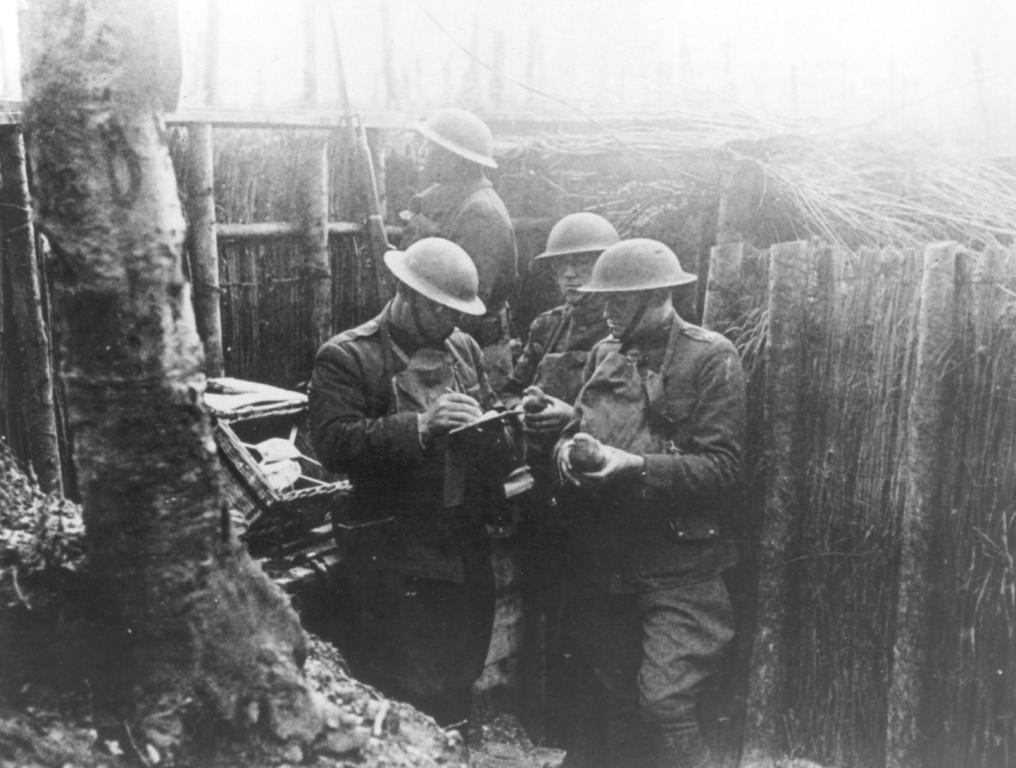The History of Stevenage
The history of Stevenage began on a small community on a wooded hill in North Hertfordshire during Saxon times. The area was known as ‘Stigenace’ meaning ‘at the Strong Oak’, with groups forming in what are now Chells, Woolenwick, Broadwater and Shephall.
Prior to this, human settlement began in the area during the Stone Age, or Palaeolithic, period when hunter-gatherers were attracted to the area for its abundance of flint nodules within chalk ground rock. They chipped away, or ‘knapped’, at these hard stones to make basic tools and weapons. During the Neolithic period human activity evolved from hunting and gathering to land settling and farming, enabling the development of an early community within Stevenage’s borders.
The trackways left by these groups were eventually developed into surfaced roads by Roman settlers in the surrounding area. In fact, the current ‘Six Hills Way’ was initially a Roman development and has stood in its existing location since this period.

Roman era
Little is known about the history of Stevenage in the post-Roman era, however a spearhead found at nearby Ardeley suggests these were troubled times. Vikings regularly invaded the coastlines of the UK during this time and, with the border of Danelaw just a few miles away, the area around Stevenage suffered frequent and damaging raids.
The area significantly improved during the first half of the 11th century as Edward the Confessor granted the Manor of Stevenage to the Abbot of the newly built Abbey of St Peter at Westminster in 1062 – in the Domesday Book of 1086 the town was confirmed as the property of the Abbey of Westminster.
Around this time the Normans rebuilt both St Nicholas Church in the Old Town and St Mary’s Church in Shephall. The Norman tower of the former building still remains visible to this day although the brightly painted and mural–clad walls have faded somewhat.
Staging post
By the 16th century Stevenage was becoming noted as a significant staging post on the Great North Road, with a growing number of inns beginning to cater for travellers. The Swan Inn (formerly The Grange and now a Tesco Express) is first recorded in 1530 and during this period the economy and life in Stevenage settled down. The town appeared more commonly in public discourse as Charles I was led through Stevenage on his way to London while under arrest by Parliamentarian soldiers. Samuel Pepys also recorded a journey here on 5 August 1664 and again in 1667 where he stayed at The Swan. Charles Dickens also stayed here along with another writer, Daniel Defoe, who commented on the Great North Road as ‘a most frightful way’. This was partly due to the abundance of highway robbers in the area, indeed it is rumoured that Dick Turpin escaped through a secret passage at the Roebuck Inn to escape the local Justices of the Peace.
Another unusual record from this time took place in Walkern where, in 1712, Jane Wenham was the last person to be accused of witchcraft in England.
The introduction of the Turnpike Trust Act in 1720 led to improved conditions for road users which in turn led to greater traveller numbers and a growth in coaching inns in the town. The first scheduled coach service for passengers was named the ‘Perseverance’ which went from Smithfield in London and headed north via Stevenage to Hitchin.
Improved surfaces also helped the growth of trade such as cattle herding which led to a new market being founded just north of Middle Row.

“A most frightful way”

Railway arrival
The arrival of the railway led to mixed fortunes. Railways reached the town in 1850 however they dramatically impacted the existing coaching inns when many were forced to close as stage coach travel declined.
However, it also meant that Stevenage was now within easy reach of London and new houses were built at a rapid rate. By 1875 the town had a new hall and police station, which was timely as the area had been plagued by the Fox Twins, Albert and Ebenezer, who committed over 200 crimes between them, providing alibis for each that baffled the force. In 1904, they were among the first criminals to be convicted through the use of fingerprints.
The Edwardian era kick-started a number of developments in Stevenage including the introduction of the first electrical power supply, the first motor cars appearing on Great North Road and the first cinema arriving on the Bowling Green in 1912.
WWI
However, this peaceful life was shattered in August 1914 when Great Britain went to war. The town become home for many Belgian refugees as well as billeting ANZAC troops in the field behind the White Lion before they were shipped to mainland Europe. Stevenage also provided men for the Hertfordshire Regiment that saw active service on the Western Front, Gallipoli and the Middle East, losing over 200 men during this time.
WWII
The armistice brought peace to Stevenage and the townspeople began to rebuild their former lives. New businesses were attracted to the town including Matthews Printing, the Stevenage Motor Company and Vincent HRD Motorcycles. The increasing use of motor transport meant a revival in the fortune of the Great North Road and inns based in Stevenage.
In 1939 the first of the WWII evacuees arrived in Stevenage and a number of organisations in the surrounding areas produced munitions and supplies for the armed forces. The ESA factory were contracted to supply wings for the De Haviland Mosquito aircraft assembled at Hatfield.
A year later Winston Churchill set up the Special Operations Executive and chose Aston House near Stevenage, a quiet and secluded country house, as the location to produce explosives for use behind enemy lines. This group played a significant part in the war effort, notably the assassination of leading Nazi, Reinhard Heydrich.
London suffered significant bomb damage during the War and something needed to be done to ease the pressure on the capital. It was for this reason that Stevenage was chosen as the site of the first ‘New Town’, one of eight in the Greater London area which formed the beginning of the modern history of Stevenage.

Regeneration map
Find out about our completed and upcoming plans
Share your thoughts
*data required
Please read about our privacy notice and T&Cs here
By clicking on the submit button you are agreeing to our privacy notice